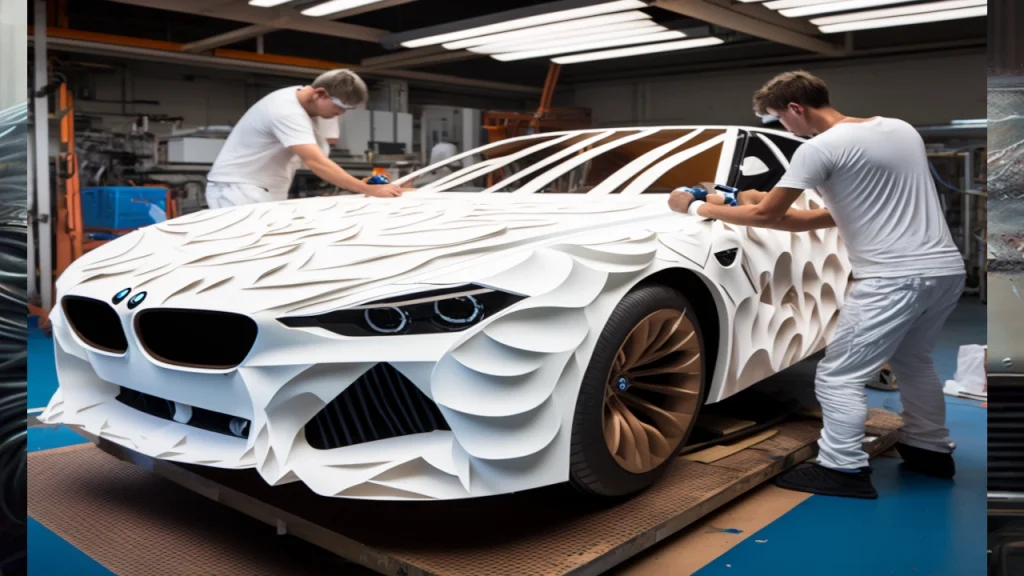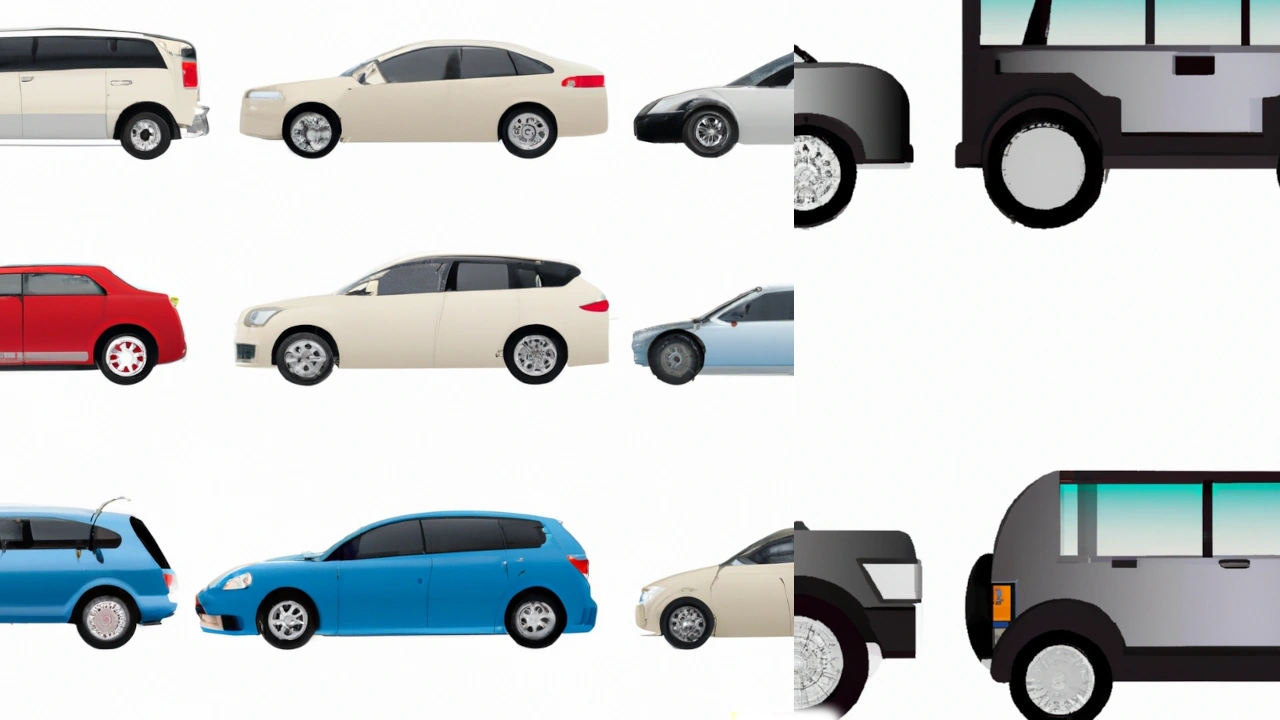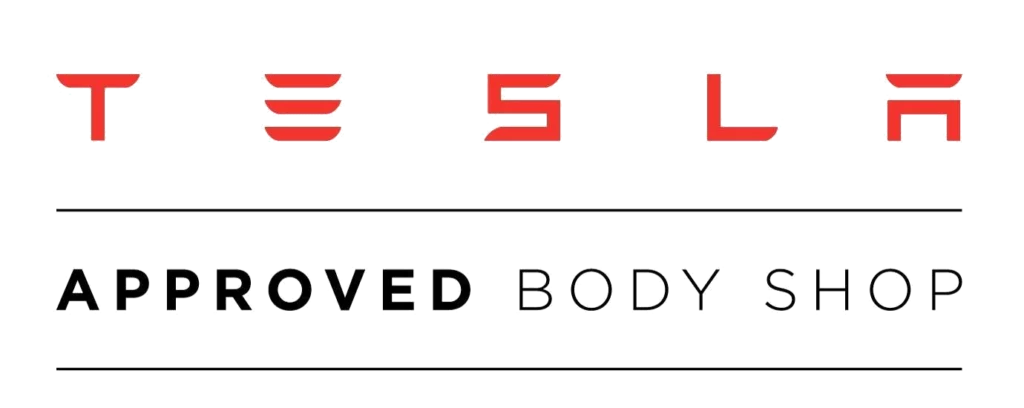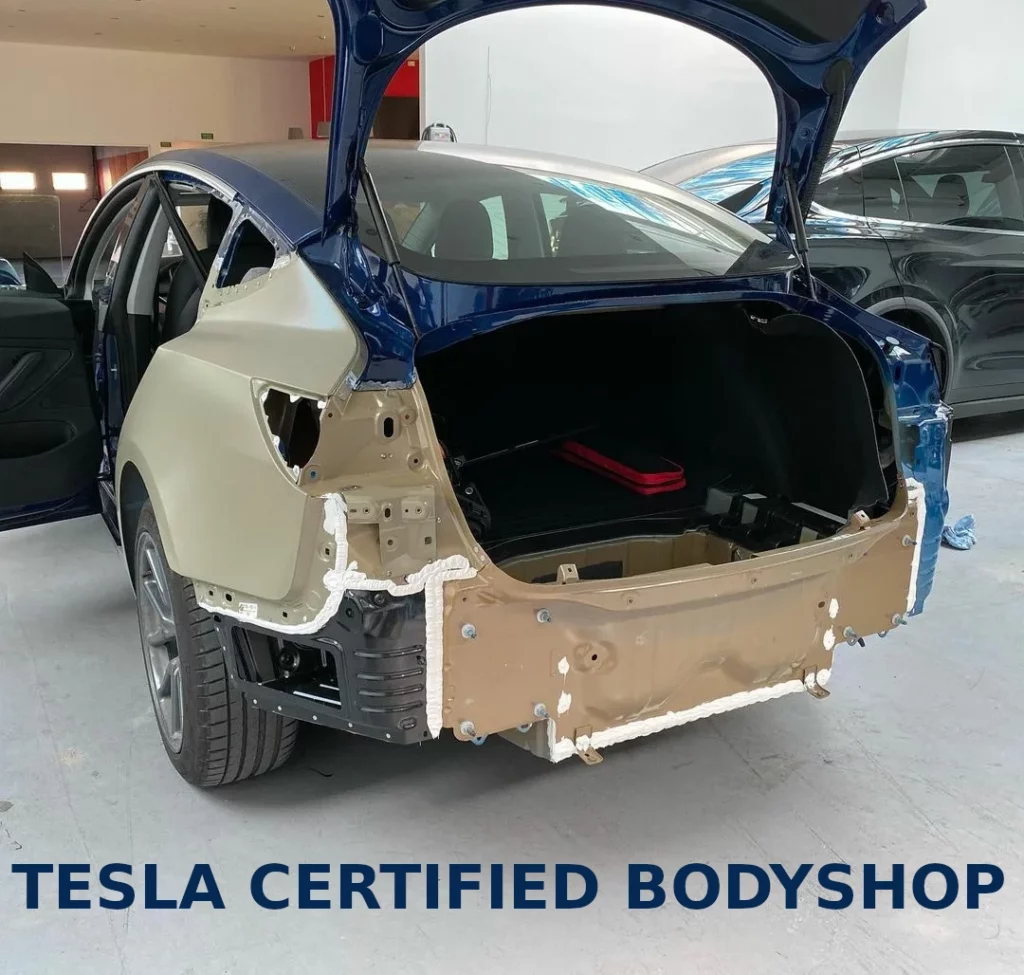Hails History Chicago Area
Chicago, like many other cities in the United States, has experienced several instances of hail throughout its history. Here are some notable instances of hail in Chicago history up to 2023:
- August 15, 1872: A hailstorm struck Chicago, causing extensive damage to property and crops.
- June 25, 1923: A severe thunderstorm produced hail up to 4 inches in diameter in parts of the city, causing damage to buildings and vehicles.
- May 2, 1954: A hailstorm with hailstones as large as golf balls struck Chicago, causing damage to homes and cars.
- April 12, 1978: A severe thunderstorm produced hail up to 2 inches in diameter in parts of the city, causing damage to vehicles and buildings.
- April 1, 1998: A hailstorm with hailstones up to 2 inches in diameter struck the Chicago area, causing damage to homes, vehicles, and trees.
- August 6, 2019: A severe thunderstorm produced hail up to 2.75 inches in diameter in parts of the city, causing damage to cars, windows, and roofs.
- August 11, 2020: A hailstorm with hailstones up to 2 inches in diameter struck the Chicago area, causing damage to cars, homes, and trees.
It’s important to note that hailstorms can occur at any time of the year, but they are more common during the spring and summer months when thunderstorms are more frequent.
How to Protect Car/Truck from Hail Damage?
Here are some ways that people can protect their cars or trucks from hail damage:
- Find covered parking: If possible, park your car or truck in a covered area such as a garage, carport, or covered parking lot. This will provide the most protection from hail damage.
- Use blankets or car covers: If covered parking is not available, covering your car or truck with blankets or a car cover can help protect it from hail damage. Make sure the cover is securely fastened to prevent it from blowing off in strong winds.
- Seek shelter: If you are driving and encounter a hailstorm, try to find shelter under an overpass or in a parking garage. Avoid parking under trees, as falling branches could also damage your vehicle.
- Use hail guards: Some companies make hail guards that can be attached to your car or truck’s windows to protect them from hail damage.
- Install hail-resistant roofing: If you have a garage or carport, consider installing a hail-resistant roof to protect your vehicle from hail damage when it is parked.
It’s important to note that while these measures can help reduce the likelihood of hail damage, they are not foolproof. In severe hailstorms, even cars parked in covered areas can sustain damage.
Can I repair hail damage myself?
It’s doable but it requires the right tools, knowledge, and skills. The level of damage and the extent of the repairs needed will also affect whether it is possible to do it yourself.
If the hail damage is minor, such as small dents and dings, you may be able to use tools such as a plunger or suction cup to remove the dents. However, if the damage is more severe, such as large dents or broken glass, it is best to seek the assistance of a professional auto body repair shop.
Professional repair shops have the necessary tools and expertise to repair hail damage effectively, and they can ensure that the repair is done correctly and safely. They can also help you with insurance claims, which can be complicated for hail damage repairs.
While it is possible to repair minor hail damage on your own, it is recommended that you seek the help of a professional repair shop for more severe damage.
How we do Hail PDR repair
At BodyShopTotal we use a technique called Paintless Dent Repair (PDR) to repair hail damage on cars. The PDR process involves the following steps:
- Inspection: The technician will examine the car for hail damage and determine the extent of the damage. They will look for dents, creases, and other types of damage.
- Access: To access the dents, the technician will remove any trim pieces or interior panels that may be in the way. This allows them to reach the backside of the dent.
- Assessment: The technician will then assess the damage and determine the best method to repair the dent. They may use a variety of tools, such as metal rods and picks, to carefully massage the dent out from the backside.
- Repair: Once the technician has determined the best approach, they will begin the repair process. They will use the tools to slowly push and pull the dent out, working carefully to ensure that the paint is not damaged in the process.
- Finishing: After the dent has been removed, the technician will sand and polish the area to ensure a smooth finish. This step is crucial to ensure that the repair is invisible and that the car looks as good as new.
The PDR process is highly effective for repairing minor to moderate hail damage on cars. It is a quick and affordable way to restore a car’s appearance after a hail storm. However, for more severe damage, traditional auto body repair methods may be required, call us for details.
How to report hail damage to insurance?
If your car or truck has been damaged by hail, you should report the damage to your insurance company as soon as possible. Here are some steps to help you properly report hail damage to your insurance:
- Document the damage: Take pictures or videos of the damage to your vehicle from different angles. This will help you provide accurate information to your insurance company.
- Contact your insurance company: Call your insurance company’s claims department or use their online claims portal to report the damage. Provide them with the details of the damage, including the date and location of the hailstorm, the extent of the damage, and any other relevant information.
- Schedule an inspection: Your insurance company will likely schedule an inspection of your vehicle to assess the damage. Make sure to provide them with your contact information so that they can schedule a convenient time for the inspection.
- Be present during the inspection: It’s important to be present during the inspection so that you can point out any damage that may have been missed. You can also provide the inspector with the pictures and videos you took of the damage.
- Provide necessary documentation: Your insurance company may require you to provide documentation such as a police report or repair estimates. Make sure to provide them with any necessary documentation as soon as possible.
- Follow up: Keep in touch with your insurance company to make sure that the claim is being processed and that you are receiving the appropriate compensation for the damage.
By following these steps, you can help ensure that your insurance claim for hail damage is processed smoothly and that you receive the appropriate compensation for your losses.
Call BodyShopTotal and we will help your car or truck to look good again, even after Hail Damage!




